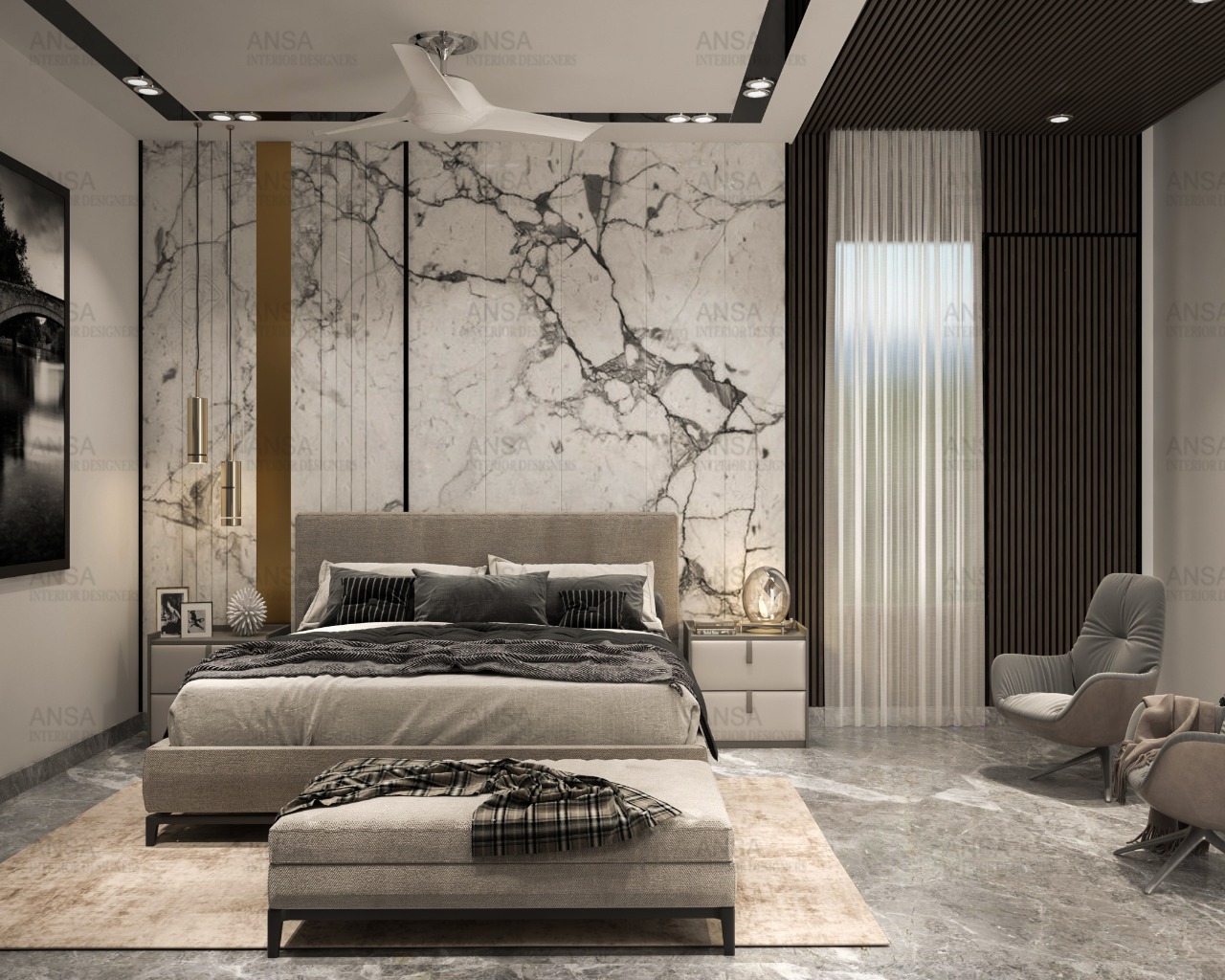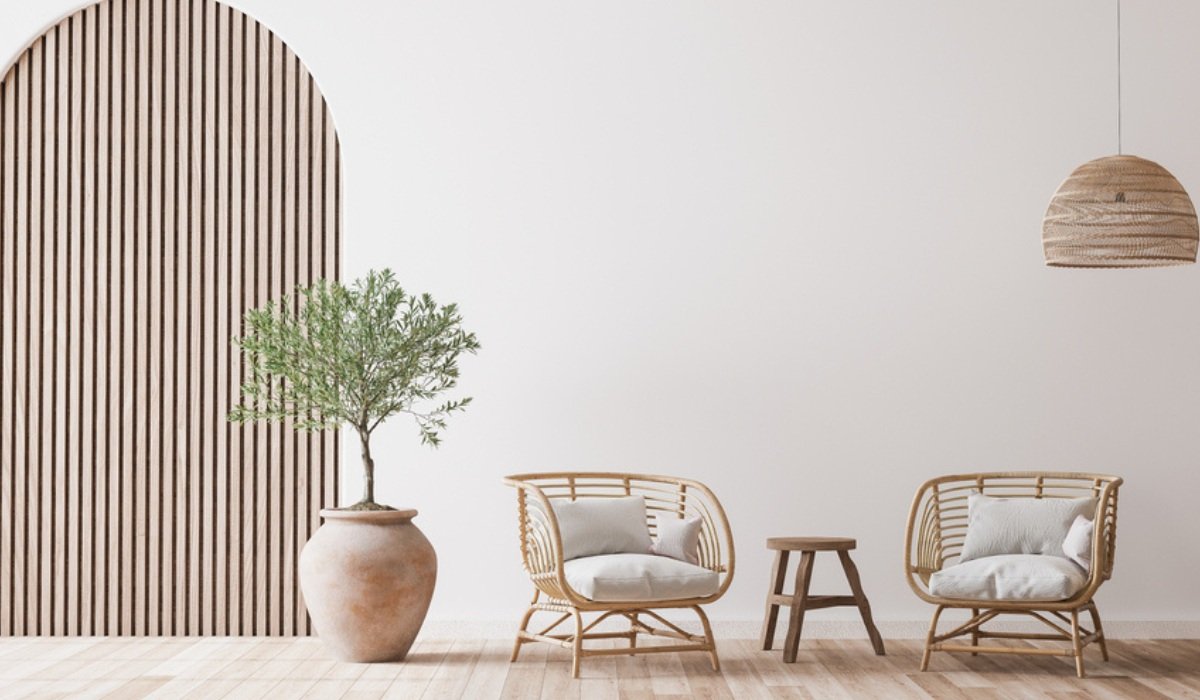Why Recognizing the Principles of Inside Design Is Essential for Effective Area Preparation
Comprehending the principles of interior style is basic to efficient room preparation, as it lays the foundation for creating environments that integrate capability with visual allure. Vital aspects such as balance, flow, and percentage are not simply ornamental considerations; they are essential in enhancing how a space is used.
Value of Area Planning
Room planning is a basic element of interior decoration that considerably affects the performance and visual appeals of a room. It includes the strategic plan of furnishings, fixtures, and building elements to enhance the use of available area while enhancing the general customer experience. Efficient room planning addresses numerous elements, consisting of flow, accessibility, and the certain needs of the occupants.
One of the main advantages of space planning is its capability to enhance spatial effectiveness. Interior design studio Miami. By attentively organizing a layout, developers can guarantee that every location offers a purpose, minimizing mess and advertising a feeling of order. Additionally, proper area preparation promotes a harmonious atmosphere, enabling for smooth activity and communication within an area
Furthermore, successful area preparation considers natural light, sightlines, and the relationship between different areas. This holistic method not only elevates the aesthetic charm yet additionally adds to the wellness and efficiency of the passengers. Eventually, a well-executed area plan contributes in creating a balanced and welcoming ambience, making it important for any interior design task.
Trick Concepts of Interior Decoration

One basic concept is balance, which can be symmetrical, asymmetrical, or radial. Balanced equilibrium creates a sense of order, while unbalanced balance provides a more dynamic aesthetic charm. Another crucial concept is proportion and scale, making certain that the dimension of furniture and decor aspects connect sympathetically to each other and the total room.
Color concept likewise plays a significant function, influencing mood and perception. Developers make use of color combinations to stimulate specific feelings and enhance the spatial experience. Furthermore, the principle of rhythm entails creating a sense of movement with repetition of colors, forms, or patterns, directing the eye throughout the area.
Last but not least, the principle of focus directs attention to focal factors, permitting for a clear story within the style. Luxury Interior designer Miami. By adhering to these key principles, indoor developers can create atmospheres that not only fulfill practical needs but likewise reverberate with the passengers on an emotional level
Influence on Capability and Flow

The plan of furniture, the selection of materials, and the integration of modern technology all play critical duties in attaining optimal performance. Placing this contact form seating areas in proximity to workspaces can assist in communication and partnership, therefore enhancing performance. Furthermore, guaranteeing that paths are unobstructed and clear allows for effective movement, decreasing congestion and advertising an all-natural flow throughout the space.
In addition, integrating components such as lights and color can additionally aid in marking locations, making it less complicated for people to browse their setting. Thoughtful space preparation thinks about not just the physical elements of design but likewise exactly how users communicate with their surroundings. Eventually, a concentrate on performance and flow not only improves the customer experience yet additionally raises the total performance of the room, producing an environment that meets the demands of its occupants while fostering a feeling of harmony and equilibrium.
Enhancing Aesthetic Appeals and Mood
3 crucial elements-- color, lights, and structure-- play critical roles in enhancing the appearances and mood of an interior area. Shade develops the psychological tone; warm tones like reds and oranges stimulate energy and heat, while cooler tones such as blues and greens promote peace and peace. Picking a harmonious shade palette can change a room, creating a visually attractive and natural environment.
Structure adds depth and rate of interest, contributing to the tactile experience within an area. A mix of Recommended Site textures-- smooth surfaces, deluxe textiles, and all-natural materials-- can create aesthetic intrigue and enhance convenience. For circumstances, pairing a soft velvet sofa with a sleek glass coffee table can produce a well balanced aesthetic that welcomes communication.
Lighting, commonly an ignored element, dramatically influences mood. Natural light fosters an open, ventilated ambience, while strategically positioned synthetic lights can create heat and emphasize architectural attributes. Dimmer switches allow versatility, permitting adjustments to fit numerous activities or times of day.
Including these three aspects attentively not only raises the aesthetic allure of a space however additionally cultivates an environment that reverberates with its desired purpose, eventually improving the overall experience for its residents.
Practical Applications in Reality
Using interior design concepts in the real world requires a thoughtful method that incorporates shade, texture, and illumination into daily rooms. By recognizing how these elements work together, individuals can create atmospheres that are not just aesthetically attractive however harmonious and likewise practical.
For instance, in a little living area, using a light shade scheme can make the space really feel larger and much more open. Strategic usage of mirrors can boost all-natural light and develop an impression of depth. Including numerous appearances with textiles, such as carpets and paddings, can include warmth and interest without overwhelming the detects.
Illumination plays a crucial role in specifying the environment. Layered lighting, being composed of ambient, job, and accent choices, allows flexibility in state of mind setups. In a home office, as an example, a combination of natural click for more light, workdesk lamps, and decorative fixtures can boost performance while preserving an inviting setting.
Additionally, understanding spatial connections and furnishings arrangement can bring about enhanced functionality. By sticking to principles such as equilibrium and proportion, one can make certain that spaces offer their designated objective while staying aesthetically pleasing. Overall, useful applications of indoor style concepts dramatically improve the livability and allure of any setting.
Conclusion
In verdict, understanding the principles of indoor design is critical for efficient room planning, as it promotes an equilibrium in between performance and visual appeals. By using key ideas such as proportion, shade concept, and circulation, designers can produce settings that enhance both functionality and aesthetic allure. Ultimately, this understanding adds to the development of areas that not just fulfill practical requirements however additionally boost the overall atmosphere, causing even more delightful and efficient experiences for individuals.
Recognizing the concepts of indoor design is fundamental to effective space planning, as it lays the groundwork for producing atmospheres that balance performance with aesthetic allure.Area planning is a fundamental element of indoor style that significantly affects the capability and aesthetic appeals of a room. Furthermore, appropriate area planning fosters an unified setting, permitting for smooth motion and interaction within a space.
In addition, the concept of rhythm includes creating a sense of activity with repeating of colors, patterns, or shapes, leading the eye throughout the area.
In final thought, comprehending the principles of indoor style is important for effective room preparation, as it promotes a balance between functionality and aesthetics.